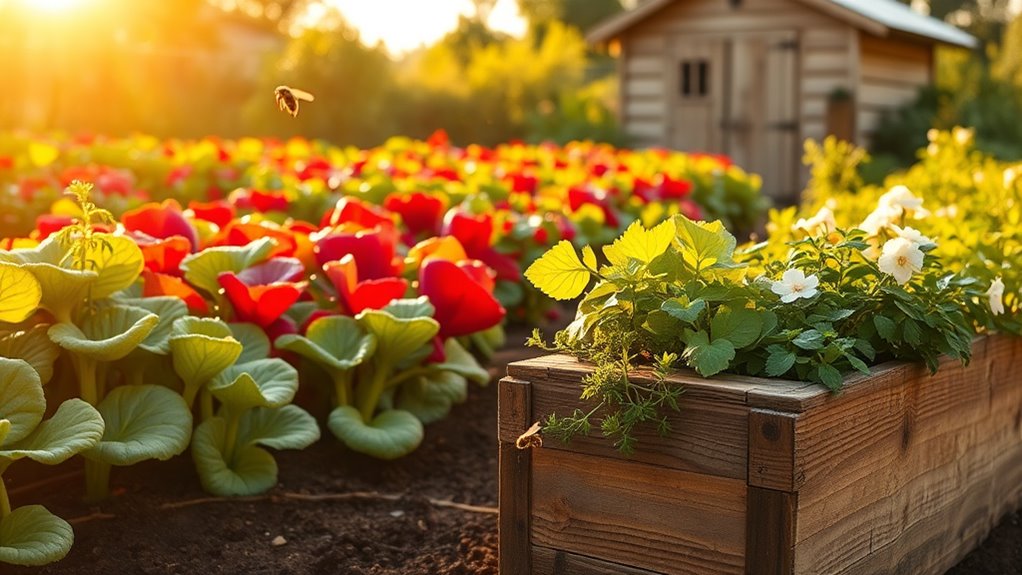I Changed My Planting Times and Saw Better Results
Did you know that the timing of your planting can drastically affect the success of your garden? Many gardeners stick to traditional schedules without considering how seasonal patterns and climate changes can influence growth. By reevaluating when you plant, you could unlock the potential for healthier plants and higher yields. If you’re curious about the strategies that led to my improved results, there’s a lot more to explore.
Understanding Seasonal Patterns
As you dive into planting, understanding seasonal patterns is crucial for maximizing your garden’s potential.
You need to pay attention to seasonal plant timing, as it affects growth rates and yields.
Spring often offers warmth for germination, while fall suits crops with shorter growing seasons. Additionally, seasonal gardening checklists can guide you in optimizing your planting and maintenance throughout the year.
Evaluating My Previous Planting Schedule
While you may feel confident about your planting choices, evaluating your previous planting schedule can reveal valuable insights for improvement. Consider this table, which highlights key outcomes based on different planting times:
| Planting Time | Yield Quality |
|---|---|
| Early Spring | Low |
| Late Spring | Moderate |
| Early Summer | High |
| Late Summer | Variable |
Analyzing these results can guide your future planting decisions. Additionally, aligning your planting schedule with seasonal planting recommendations can lead to improved crop outcomes.
Adapting to Climate Changes
With insights gained from evaluating your previous planting schedule, adapting to climate changes becomes a major focus for enhancing your gardening outcomes.
Pay attention to weather patterns and shifting seasons. Adjusting your planting dates can help you avoid late frosts or early heat waves. Additionally, incorporating seasonal gardening tips ensures your garden thrives, reflects your awareness of environmental challenges, and ultimately leads to better harvests.
The Impact on Plant Growth and Yield
Understanding how changed planting times impact plant growth and yield is crucial for every gardener aiming for success.
Timing directly affects photosynthesis, nutrient absorption, and flowering rates. By planting at optimal times, you can enhance growth potential and increase yields. Not only does this seasonal gardening strategy ensure your plants thrive in optimal conditions, but it also results in healthier crops and more bountiful harvests, ultimately contributing to your gardening success.
Tips for Adjusting Planting Times
To achieve optimal results in your garden, you need to consider several key tips for adjusting your planting times. Start by researching local climate patterns, then chart out your planting schedule. Lastly, monitor soil temperatures closely. Healthy soil can greatly influence the success of your planting times, so ensure you pay attention to secret signs of healthy soil.
| Tip | Action | Timing |
|---|---|---|
| Research Climate | Check local averages | Before planting |
| Chart Schedule | Create a planting calendar | Seasonal basis |
| Monitor Soil Temp | Use a soil thermometer | Weekly during growth |

